Plants and Flowers Encyclopedia
Canna - Flower reed
The Canna is a beautiful tropical plant, the leaves of which look a lot like a banana plant.
But once the canna, also called flower reed, has settled in nicely, it will also produce beautiful flowers in different colours, including red or yellowish flowers, sometimes they even look a lot like an orchid!
It is placed both indoors and in the garden.

Watering the Canna - Flower reed
For almost all plants, watering is an important part of the plant's survival and growth. The Canna is certainly no exception! In this chapter you will find all the necessary information so that you can provide your flower reed with moisture in the right way.
Summer
In the summer, the Canna (flower reed) must be kept moist, especially when it is outside in the heat and sunlight. The root ball must be thoroughly wetted during the summer, sometimes twice a day. On less warm days, this can be skipped for a day. Keeping the root ball moist is so important because otherwise the Flower reed draws moisture from its leaves, which makes it dry and eventually causes it to die. Of course, we must prevent this.
Winter
We recommend that you let the canna overwinter indoors, but do not give it too much water so that it can rest during the winter.
The root ball should not be allowed to dry out completely, as this will cause the flower cane to die.
General rules
In addition to the above guidelines, it is best to follow these rules:
First, give the palm a little water. If the soil is dry within 2 days, it means it needs a little more water. Adjust the amount of water until it still feels slightly moist between 2 and 5 days after watering, and almost dry after 5 days. If it feels very wet after 5 days, wait until it is almost dry and water again, but reduce the amount.

Spraying the canna
Spray the canna weekly in spring/autumn, or in the summer evenings, with water. During the day the leaves would be damaged by the sunlight. This is because the drops on the leaf concentrate the light into a hot center, which burns the leaves.
Spraying has beneficial effects for the canna. It removes dust from the leaves, allowing them to absorb sunlight better. This makes them more beautiful. It also repels pests.
Water system
Are you using vulcastrat with a water meter? Then completely different watering rules apply! With this system you should water the palm once a week until the water meter moves. Go for a small meter reading, the smaller the better. It indicates when there is TOO MUCH water in the pot. So optimal would be to stop watering just before it reads. In the winter you can even water once every 2 weeks instead of every week. Vulcastrat is special in that it contains nutrients that promote the growth of the canna.
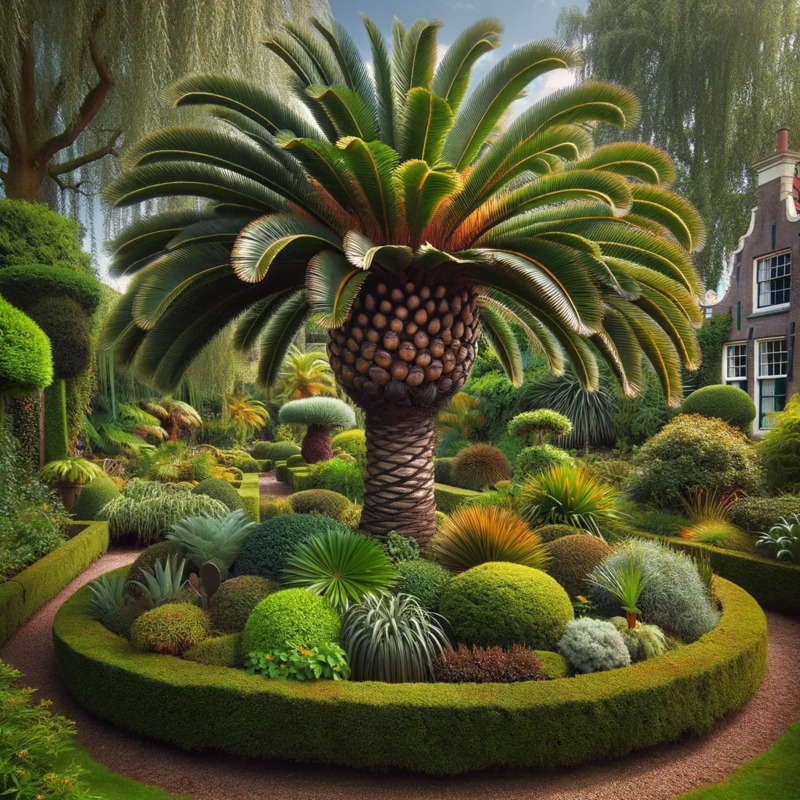
Where to place the Canna - Flower reed
For many plants and flower reed it is important to determine the right place where it can stand best. A lot or little sun, sheltered from wind, in the shade at certain sun positions… this all makes a difference for the development of the plant. In this chapter you will find what is best for the Canna - flower reed
Light
The Cannas do love sunlight! So place it in a place where the sun shines! If it is inside, it should be placed by the window where the sun shines the most. The requirement is a minimum of 3 hours of direct sunlight per day.
Cannas can also be placed in the shade, but they will then grow more slowly.
Heat
Cannas do like some warmth, they come from the rainforest of course.
A warmer place will therefore also ensure faster growth of the canna plants.
These places are difficult to find in the Netherlands, so we recommend that you place it outside in a sheltered place, as this can quickly save a few degrees!
Wind
The cannas can be placed in the wind, but they don't like it very much and their leaves can tear. They also have to go inside more quickly if they are in a place in the wind.
We therefore recommend placing the plants freely near a wall or fence.
Temperature requirements
Minimum temperature 5 ℃ during the day
At night minimum -3 ℃

Repotting Canna, why and when?
Repotting a Canna - flower reed whose root ball has grown through has a few advantages. Namely, the palm grows faster when the roots have the space, and the palm with a larger root ball can also withstand lower temperatures better. It can then absorb moisture from the soil better and is therefore stronger and more stable.
General rules
When the Canna flower reed has rooted (often every 2-3 years) we recommend repotting it, and then in the spring. If it is always indoors, it does not matter when it is repotted. If it is outside, then it is not a problem to repot it in the summer, but we do advise against it in the autumn and winter, because then it does not have the chance to root optimally and grow well. This can make it somewhat weak, and perhaps suffer damage from frost.
When you choose to repot your Canna flower reed, choose a pot that is twice the size of the root ball. Place a layer of hydro grains at the bottom of the new pot for better moisture control. The Canna flower reed will thank you for this. Fill this layer with some Mediterranean nutrient soil. This type of soil ensures that the canna roots optimally and is fed. Then you can place the root ball on the ground. Make sure that the top of the root ball is slightly below the edge of the pot. Try to get a difference of 2 to 6 cm. This difference ensures that the water does not run off the root ball when you water it.
Every year you should replace the top layer of soil, because it hardens and 'wears out' in nutrients, due to regular watering and because of the sunlight on the upper edge of the root ball.
Furthermore, it is no problem to plant the Canna in the open ground, as long as it is in a good place, with enough sunlight, little wind and the palm is protected at extremely low temperatures (see 'Location'). We also recommend pouring a bag of hydro grains under the root ball.

Proper feeding of the canna flower cane is important
Feeding the canna flower reed is important, especially during spring and summer. It is not enough to give the canna a good soil, it also needs to be fed. This ensures that the entire condition of the canna flower reed improves, both the core, the root ball and the leaves. You can mainly read it from the leaves, which are then stronger and deeper green in color. But it does not only apply to the leaves. Pokon is often recommended by other shops, but we strongly advise against it, because it can be harmful in the long term, due to bad chemical substances that are in it.
Florentus is a product based on natural nutrients from many different sources, a mix of organic, vegetable acids and pure seaweed concentrates. It is the perfect 'fertilizer' for plants. Your Canna is very grateful for this nutrition and will reward you with shiny deep green leaves and healthy strong roots.
If you want to give your Canna that little bit of extra luxury, we also recommend supplementing Florentus with Ultra focus. This provides a few extra useful nutrients that the Canna loves. They are not super essential, but do help with root growth and extra health and strength of the palm.
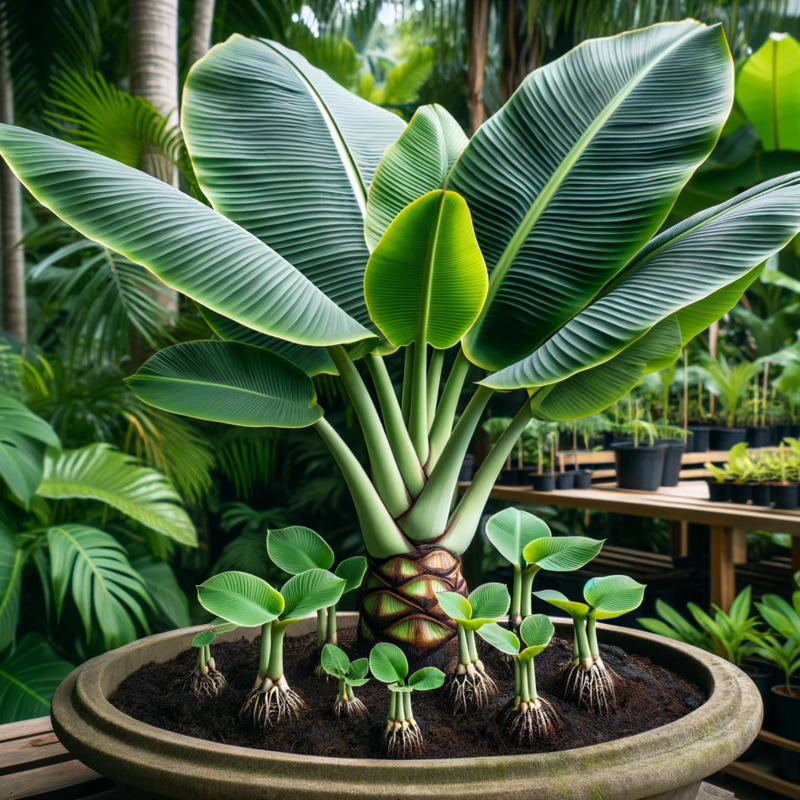
Propagating the Canna Flower Cane
Cane flower propagates by seed, these seeds are best planted in May.
What kind of flowering does the Flower Reed actually have?
This very much depends on the type you have and which variant.
There are yellow flowers or beautiful red flowers, but also very special varieties that have a small tiger print, for example.
The flower will eventually produce seeds in small balls and these can be planted the following year, this happens at the end of the year so you don't have to keep buying new Canna flower reed varieties but can be replanted every year.

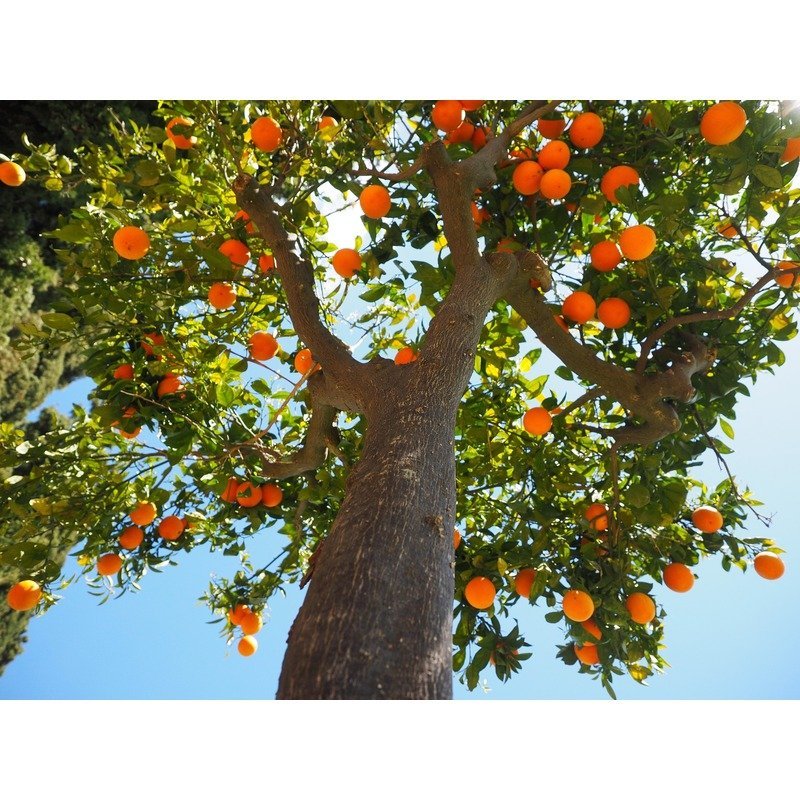
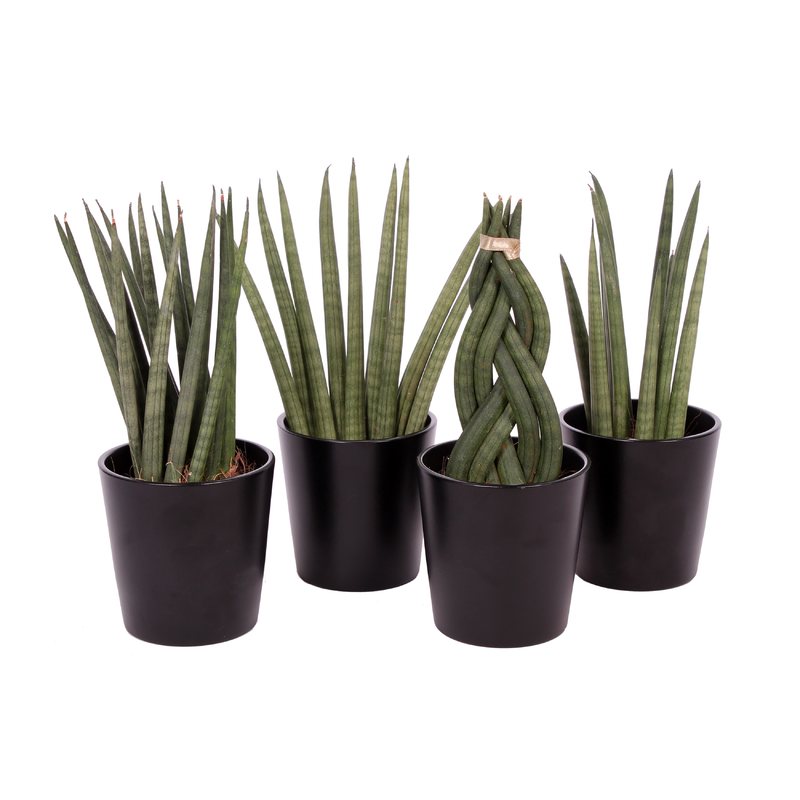
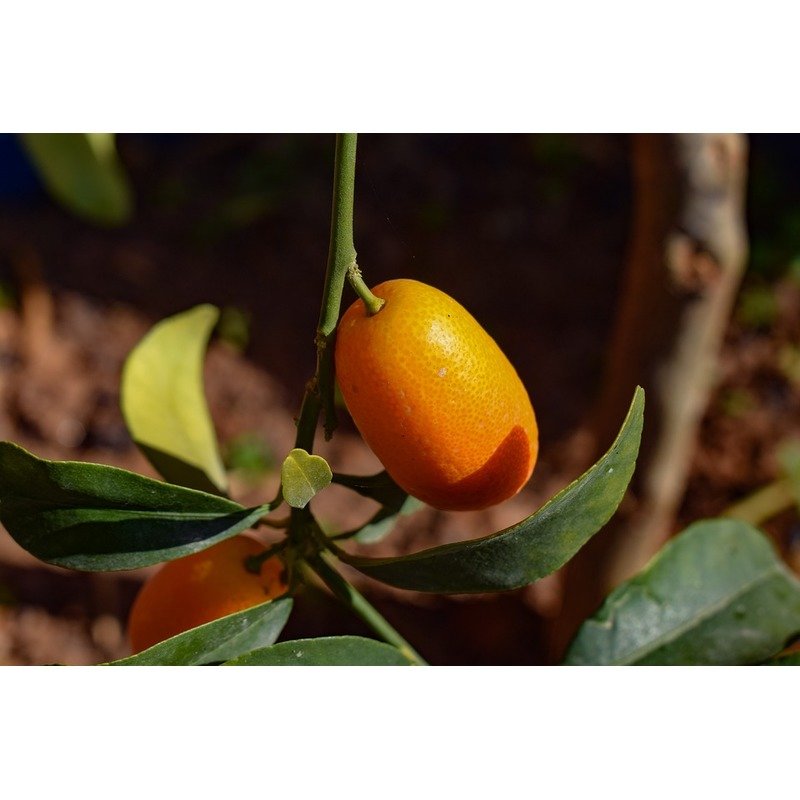
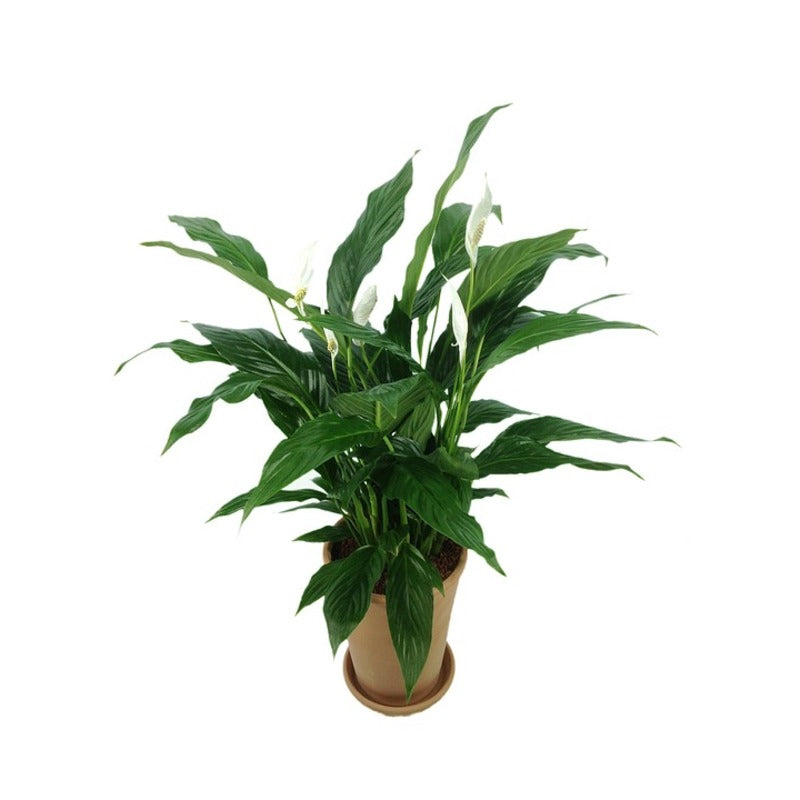
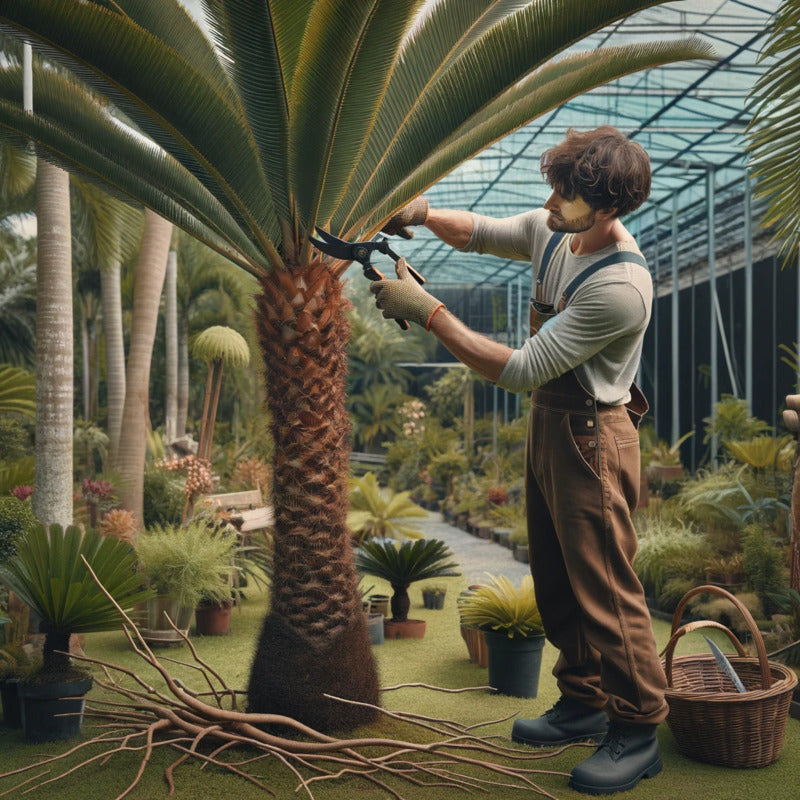
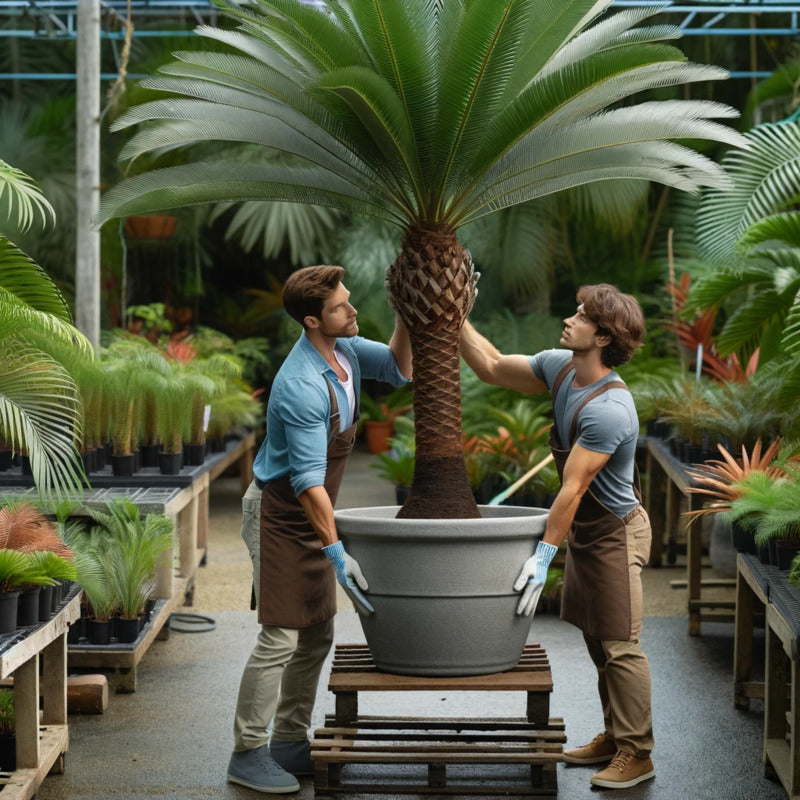

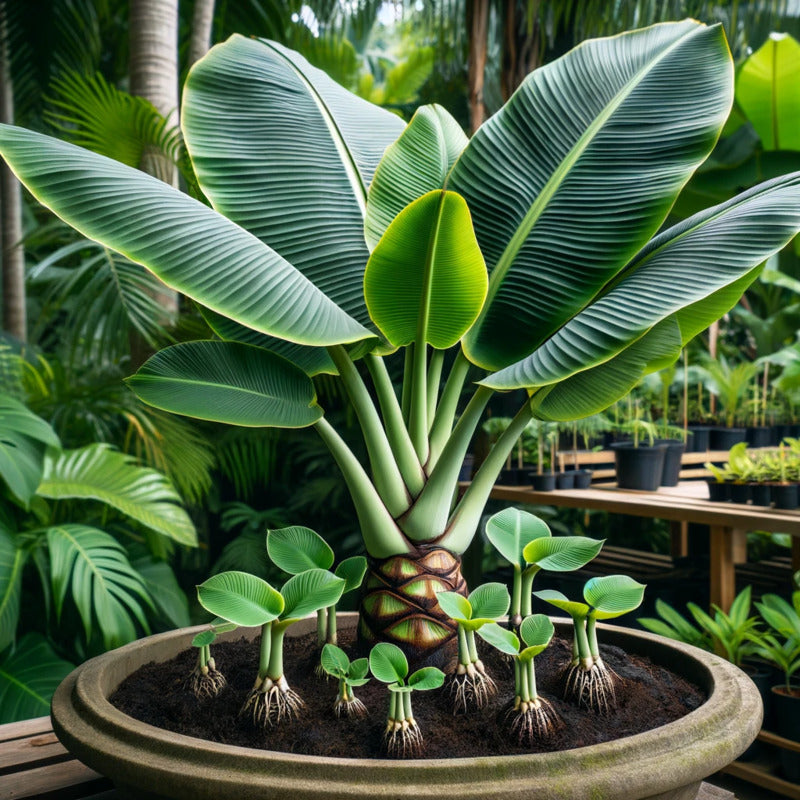

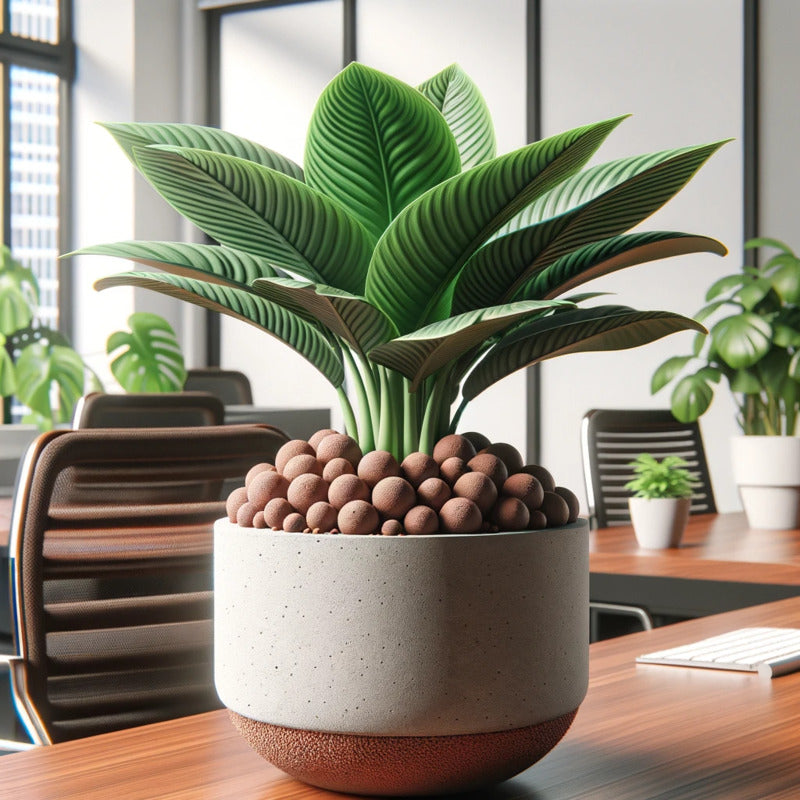

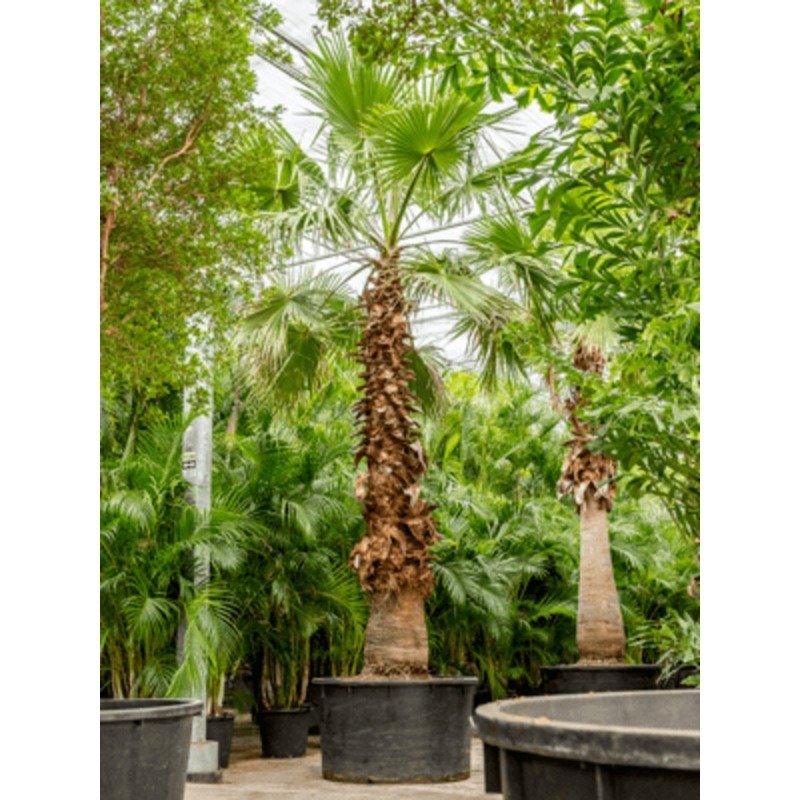
Share:
Citrus unshiu - Mandarin
Citrus Mitis 'Calamondin' - Orange Tree - Organic